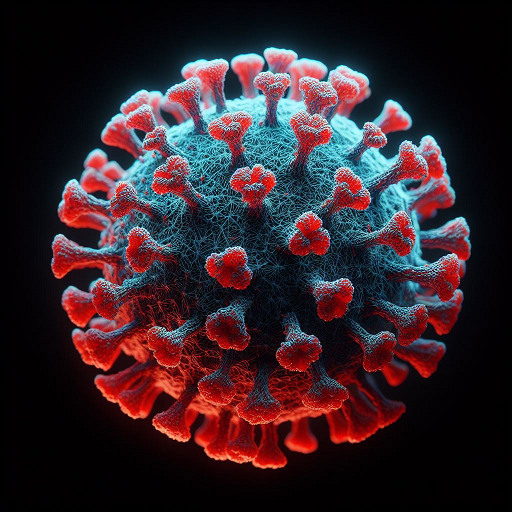The COVID-19 virus has undergone several mutations since it was first detected in Wuhan, China in December 2019. The World Health Organization (WHO) has given each variant a name using the Greek alphabet. Here are some of the most notable COVID-19 variants and their symptoms:
- Alpha (B.1.1.7): This variant was first detected in the United Kingdom in September 2020. It caused a surge of COVID infections around the world and was more deadly than the original strain of the COVID virus. The most common symptoms of Alpha were similar to those reported with the original strain and included loss of taste or smell, fever, dry coughs, shortness of breath, headache, sore throat, congestion or runny nose, nausea or vomiting, and diarrhea.
- Beta (B.1.351): This variant was identified in South Africa and quickly spread to other countries. The Beta variant was about 50% more transmissible than the original strain of the COVID virus, but it only ever accounted for a very small percentage of the overall cases in the United States. The three main vaccines offered in the U.S.—Pfizer, Moderna, and J&J—were effective against Beta.
- Delta variant (B.1.617.2): This variant of the COVID-19 virus was first detected in India in October 2020 and has since spread to over 179 countries. It is considered to be the most infectious version of the COVID-19 virus to date. The symptoms of the Delta variant are similar to those of the original strain and may include headache, sore throat, runny nose, fever, and cough.
- Omicron (B.1.1.529): This variant was first detected in South Africa in November 2021 and has since spread to other countries. Omicron’s subvariants are considered to be especially efficient spreaders of the disease. The original strain of Omicron was more transmissible than Delta was. The symptoms of Omicron are still being studied, but they may include cough, fever, and fatigue.
-
JN.1 COVID-19 variant has been causing a spike in cases in the US since September 2023, and it is now being detected and circulated in India. The World Health Organization (WHO) has classified the JN.1 strain as a “variant of interest”. The symptoms of the JN.1 variant are still being studied, but they may include fever, runny nose, sore throat, headaches, minor gastrointestinal problems, extreme fatigue, exhaustion, muscle weakness, loss of appetite, and persistent nausea.

